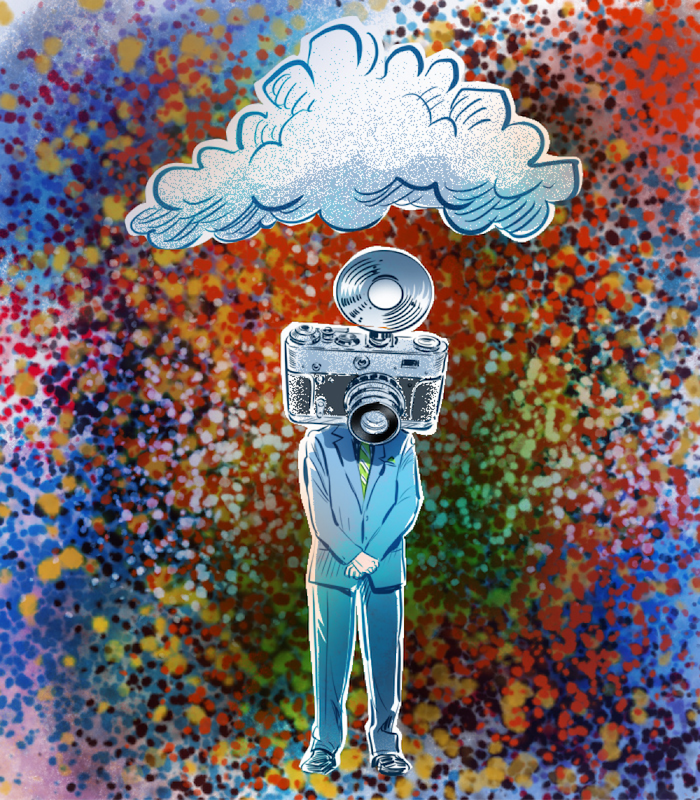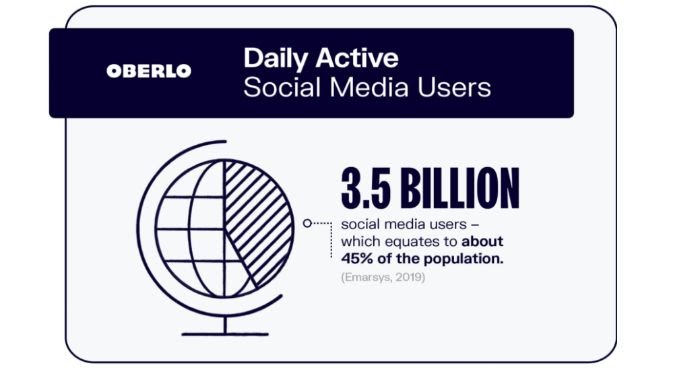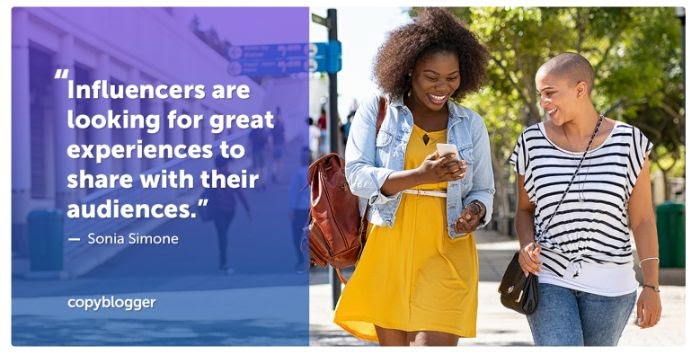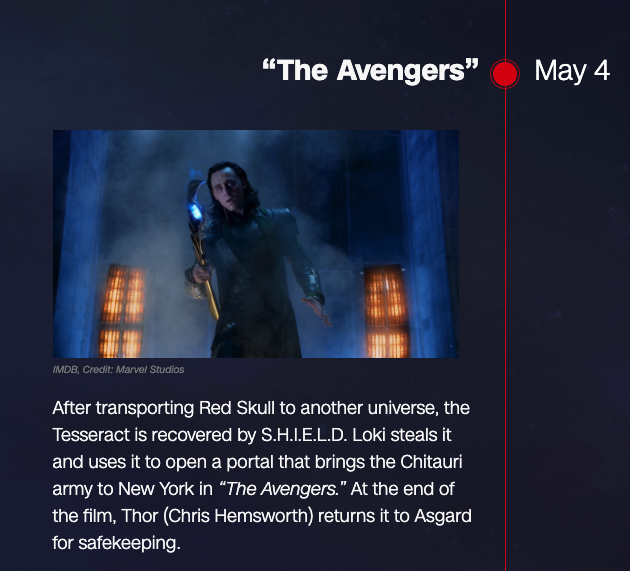Images are an easy way to break up chunks of text, add context, or give your readers a more accessible medium through which to digest your content.
With the growth of written content online, it’s harder to have your content be unique from others. Writers need to adapt to the changing landscape.
How can you continue to engage your audience when so many bloggers have written on the same topics—and will continue to do so?
The answer is original imagery.
Blog Image Trends: Why Stock Photos Are Dead
With more content available on the web every day, it’s more important than ever to stand out.
While finding ways to is critical, there are only so many angles on one subject. You need other types of content, such as photographs and illustrations, to make your mark.
Blog Image Trends: Why Stock Photos Are Dead
With more content available on the web every day, it’s more important than ever to stand out.
While finding ways to is critical, there are only so many angles on one subject. You need other types of content, such as photographs and illustrations, to make your mark.
Unfortunately, stock photos just don’t cut it anymore

This reason is in part because blog images don’t only live on your blog. They make the rounds on Twitter, Facebook, and Pinterest whenever your posts are shared.
Chances are, your users have seen similar stock photos many times already, and they’re bored with them.
With so many articles to read, videos to watch, and social media news to ingest, the average reader won’t spend hours looking for the best article on your topic. They’ll choose the most visually appealing option nearly every time.
So before you use stock photography in your next blog post, ask yourself:
Will my readers interact with the same stale image they’ve seen numerous times when researching this topic? Or will they choose to interact with an original image that more perfectly captures the content?
Why You Should Use Interactive and Original Images on Your Blog
Your goal as a digital marketer is to increase congratulations
So how do you do this even better than you already are, given the changing online landscape?
There are plenty of drive traffic to your websiteBut what’s more important is driving the right traffic—the users who will engage with your content.
Images can help. According to BlogTyrant, images 300% conversation
But keep in mind the kinds of images you use can have an impact on your conversions, too.
For years, stock imagery was the norm. But, it’s time to move away from those pictures.
Original images offer authenticity stock ones can’t provide. They offer your readers a peek behind the curtain, allowing them to see a deeper side of your content.
Unique blog image content can offer other benefits, including increased customer trust and brand recognition.
According to a slogan alone only sticks in the minds of 10% of people. When related imagery is added, though, retention rises to 65%. That’s an increase you can’t ignore if increasing brand recognition is on your radar.
Original image content has an often-overlooked SEO benefit, too, and that’s the improvement of The E-A-T score lets Google assess content quality based on these three standards:
- Expertise
- Authoritativeness
- Trustworthiness
How can original imagery improve your E-A-T rating?

Illustration by Laetro
Whether you shoot and edit photography on your own or you work with a digital illustrator, your unique imagery will have a personal spin. If done right, this will become a vital part of your personal brand strategy.
You show expertise by including images that clearly demonstrate you understand your content.
You show authoritativeness by having consistent, unique branding people recognize immediately.
You show trustworthiness by providing information through images that are accurate and increase user’s knowledge.
A strong personal brand will bump all three elements of an E-A-T rating.
Placing Images on Your Blog
Images, just like text, can also be perceived as “fluff.” Because of this, you need to know when to use pictures on your blog to optimize user experience and benefit your SEO.
You should use images to do three very specific things.
Break Up Large Chunks of Text

Illustration by Laetro
According to a study by Microsoft, the average attention span of heavy screen users is a mere eight seconds.
That means you have eight seconds to captivate your audience—and large blocks of text may make them click away pretty quickly.
However, you don’t have to write two sentence posts to make them take fewer than eight seconds to read. Instead, employ clever tactics to keep your readers engaged.
One tactic is to introduce other media, such as photos or digital illustrations. This creates a less intimidating reading experience while also making the best and better.
Explain a Concept
Some concepts are too abstract or complex to explain effectively in writing, especially if your audience isn’t strictly experts in your topic.
Custom diagrams and visuals can help readers understand the material.
Enliven the Content
As much as you like to think your content is witty and engaging, some topics just won’t interest readers for very long. You can use original visuals to add some life to otherwise “dull” content in these cases.
When Should You Use Custom Illustrations or Photos?
The cost of custom graphics may be prohibitive for some bloggers, but it is possible to find some middle ground.
Use custom illustrations and photography sparingly. Ask yourself where they make the most sense and insert them accordingly.
If you’re creating landing page for a new product or service, for example, this would be the place to splurge. After all, you want this content to stand out from your competitors—what better way than with a custom graphic?
You can also utilize custom illustrations to drive a point home or explain data.
Whether a comic strip panel, a diagram, or a flow chart, you can use custom illustrations to share ideas with your readers in a way words simply can’t.
When Should You Create Interactive Graphics?
You can take your blog’s imagery one step further with interactive graphics.
Intresting graphic are custom graphics that support reader interactions like mouse pointer movement, clicks, or keyboard input.
This form of original imagery is commonly used in infographics, though other display types include side-by-side comparisons, flow charts, and graphs.
The most obvious use for interactive graphics is to catch the reader’s eye.
Perhaps more importantly, they can also be used to break complex information down into bite-sized chunks. For example, take a look at this is nifty graphic that shows users how Google search works without becoming overwhelmed.
Examples of Successful Blog Images
There are plenty of ways to use images on your blog.
Here’s one creative example from Oberlo:

Instead of one lengthy infographic, the content creators chose individual infographic “slides” to answer each question on their post about social media statistics.
This use of graphics achieves two things:It makes the information easy to digest.
1.It makes it simple for readers to share the information on social media.
As mentioned above, one of the benefits of original blog imagery is the personal branding aspect. When you use a particular style consistently, it becomes synonymous with your brand.

Their featured images consistently use quotes overlaid on eye-catching images. They work as a watermark of sorts, as anyone who sees their imagery elsewhere will be able to identify them as belonging to Copyblogger immediately.
And what about interactive content? Your options are only limited by your imagination.

As you scroll through the timeline, new images and text content can be seen. This example tells a complex story in a linear, non-intimidating format.
How to Get Original or Interactive Blog Images
It’s never been easier or more affordable to get original and interactive blog images.
When it comes to hiring a professional, you have options. You can easily find freelancers on sites like Fiverr or Upwork or use a service like who designed the custom images in this blog post.
If you know of a digital artist with a style you like, you may be able to commission them. They are often more expensive than the freelancers you’ll find on the websites mentioned above, but they’re great if you need a specific style.
For bloggers strapped for time, there are services you can hire to do the heavy lifting. The service may be a creative agency or a blog content. Either way, you provide details, and they’ll commission work on your behalf.
Do you have more time than money? You can also create blog images using tools like Canva, Pixlr, or PicMonkey. For a more professional finish, you can invest in a creative suite like Adobe Creative Cloud.
How Much Do Original Blog Images Cost?
As with most services, there are options for almost every budget.
If you hire a freelancer for a one-off gig, then the price varies based on the number of images, the complexity of the work, and how you plan to use the final product.
In some cases, you may be able to get a discount when you buy in bulk.
Commissioning a professional is likely to be the most expensive option. Unless you have money to burn, this should be reserved for high-impact projects, like illustrations for sales landing pages or campaign launches.
Tools to Create Blog Images
Whether you’re on a limited budget or just want to let the creative juices flow, you can opt to create your own images.
There are free and low-cost options, such as Canva and PicMonkey. These tools have limitations, including watermarks, if you don’t opt for premium memberships. You also need to be sure all assets used in your design are copyright-free.
For 100% original work, you may find creative suites like adobeto be the best bang for your buck. With access to tools like Photoshop, InDesign, and Illustrator, you can create and edit various blog illustrations, diagrams, and original photography.
There are plenty of tutorials available online for creating graphics using Adobe Creative Cloud—so if you’re unable to pay a designer for their services, you don’t have to just guess about how to do this.
Conclusion
There’s no need to scroll through page after page of stock photos to find the right images for your blog post. You can create original blog images, whether by yourself or with the help of a professional.
Original blog imagery, including photography and graphics, can take your blog posts to the next level. It also helps build your overall brand and take your marketing to next level
With plenty of options at your fingertips, from free tools to freelance artists, there’s no reason not to use original images on your blog.
about:blank
Content Marketing Institute is part of the Informa Connect Division
This site is operated by a business or businesses owned by Informa PLC and all copyright resides with them. Informa PLC’s registered office is 5 Howick Place, London SW1P 1WG. Registered in England and Wales. Number 3099067.
Say No to Stock Photography and Create Authentic Images
Here’s one of the first rules of your visual content strategy: Don’t use stock images on your branded website. Stock photos are cheap and easy, hence tempting. Do not be tempted by cheap and easy. (That’s advice that you can apply in other situations, as well.)
Visual content is a cornerstone of almost every branding campaign. And yet, we still see respectable brands using stock photographs that undermine the credibility of their hard-earned visual-branding standards.
Go authentic
Let me back up for a moment and give you an example of how you may be using stock photos and why you shouldn’t. Click on your customer service page. Is there a picture of a person wearing a headset who vaguely looks like someone who could work at your company but does not? If so, your company has committed one of the egregious sins of content Marketing.
You can fix this with relative ease, and I’m going to show you how. Let’s start with people. Do you work at a company that employs humans? Some work around the office, while others have remote offices or telecommute. And those people, most of them, I assume, have faces. Maybe not attractive faces, but generally they are recognizable as human.
Those are the faces that will replace the cheap-looking stock photos on your website and in your customer-facing materials. Immediately.
That goes for everything on your website, your print materials, your prospectus, and anything else that features humans. Your content tools are real and are designed to show your company in the best light. These tools must be as authentic and real as anything else you create for your customers.
Un-stock your photos
Before you start clicking wildly, it’s best to have some sort of plan. Typically, you’ll want to make sure that your photos both reflect the message you want to deliver about your company and make your employees look good.
If you go to work and someone jams a camera in your face, you probably will have mixed feelings about the way you look.
Start this process by talking with the people who will be photographed. Show them some respect by explaining your goals and why you want to feature them on the website. Let them know that you are proud of them and want to include them because they make contributions that are important to the customer.
An advanced discussion will help people feel more comfortable about how they look. I was once videotaped for a Q&A immediately after water had spilled down the front of my shirt. When I watched the playback, I asked them why they hadn’t told me that the water had spilled, and they said, quite honestly, they didn’t think it mattered … what I had to say mattered. Sure, maybe to them, but to me, I couldn’t even hear myself speaking. All I could take in was that water stain. It ruined the whole clip, and we ended up not using any of the footage.
Take the DIY approach
These days, the bar is low for creating original photography. Cameras on smartphones offer a nice balance between quality and convenience. It’s not exactly as easy as swiping an image from Google Images, but snapping a few photos from your iPhone isn’t difficult at all.
It will be slightly more work and the photos will not be as professional as the slick stock images, but they will be authentic. And these days, authenticity trumps slick.
Take photos of your people doing interesting things. If you have a product, consider ways they can interact with that product. (Note: Product can be almost anything these days. Fill in your own blanks.)

